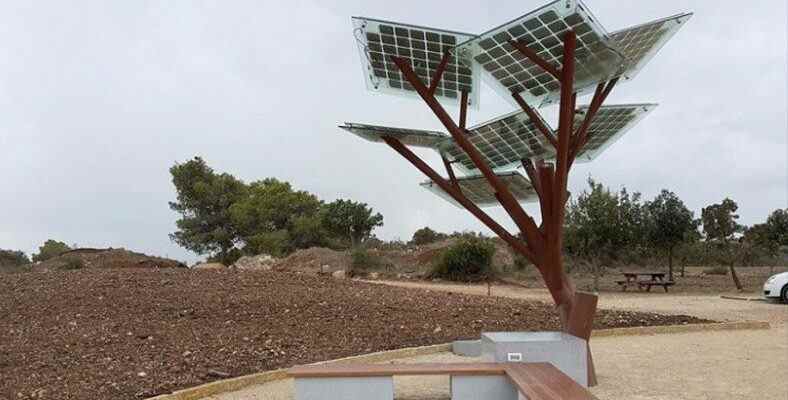Okayama University researchers have discovered that they can produce electronic parts with a conductor made entirely of cellulose. So does that mean we can grow electronic hardware on trees in the future? Let’s look at the details.
Have you ever dreamed that you could pick an electronic component from a tree just like a fruit? If the work of Osaka University researchers can yield results, we will indeed be able to ‘grow on trees’ electronic hardware components in the future.
Okayama University, together with the Universities of Tokyo and Kyushu, is a semiconductor system where 3D structures can be designed at nano-micro-macro scale and their electrical properties can be adjusted. developed nanocellulose paper. So what does this mean?
‘We will grow electronic parts on trees in the future’
Cellulose is a natural and easily obtained material obtained from wood. Cellulose nanofibers (nanocellulose), standard Sizes similar to those of A4 It can be produced in sheets of flexible nanocellulose paper (nanopaper). In fact, nanopapers do not conduct electric current, but it is possible to gain conductive properties with heat treatment. However, exposure to heat can also disrupt the nanostructure.
For this reason, Okayama University researchers can use the nanoscale to the macro scale without damaging the paper’s structures. they developed a heat treatment process that allowed them to heat the nanopaper. Hirotaka Koga, spokesperson and author of the study, said:
“An important feature of the nanopaper semiconductor is that it is tunable because it allows devices to be designed for specific applications. We have applied an iodine treatment which is very effective to preserve the nanostructure of the nanopaper. Combining this with spatially controlled drying means that the pyrolysis process does not significantly disrupt the designed structures and meant that the chosen temperature could be used to control the electrical properties.”

The researchers used origami (folding paper) and kirigami (cutting paper) techniques to provide examples of the flexibility of nanopaper at the macro level. The experiment used materials such as a folded paper bird and box, a paper cut apple, and a snowflake. This showed what could be the level of detail possible, as well as minimizing the damage caused by heat treatment.
The produced semiconductor nanopaper was used as an electrode in a glucose biofuel cell, and the energy produced lit a small light bulb. Research spokesperson Koga, “The structure and tunability we have been able to demonstrate are beacons for transforming nanomaterials into practical devices. We believe our work is an important step towards being able to produce electronic hardware made entirely from plant materials.” says.
RELATED NEWS
According to science, how true is the saying ‘you can’t sit under a walnut tree, it will kill a man early’?
So, in the future, it may be possible to use devices made of electronic equipment made entirely from plant materials, although of course we will not be able to actually collect electronics from wood. What are you thinking? Please do not forget to express your thoughts in the comments.
Source :
https://phys.org/news/2022-04-electronics-trees-nanocellulose-paper-semiconductors.html
